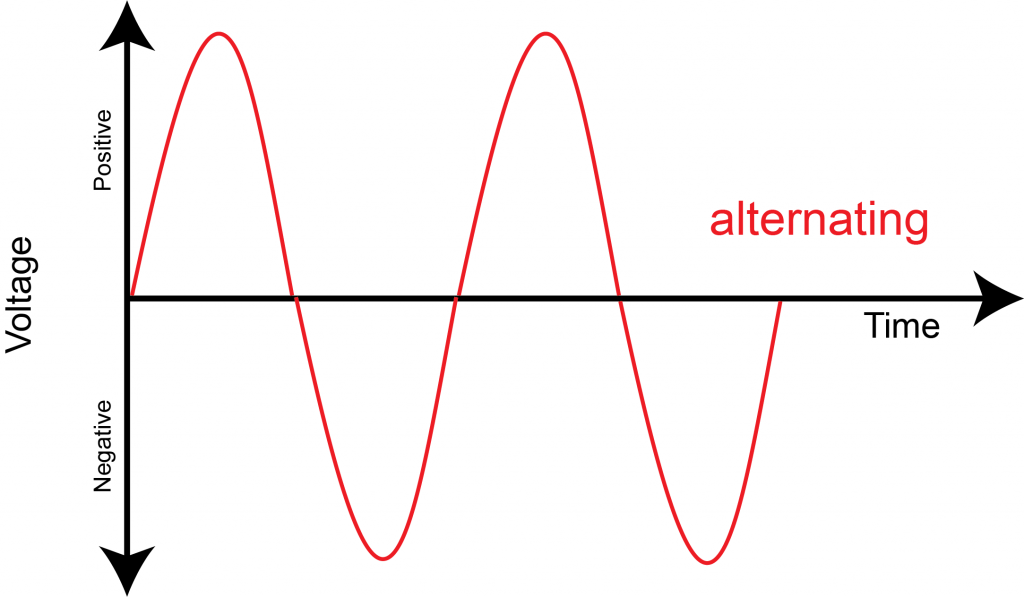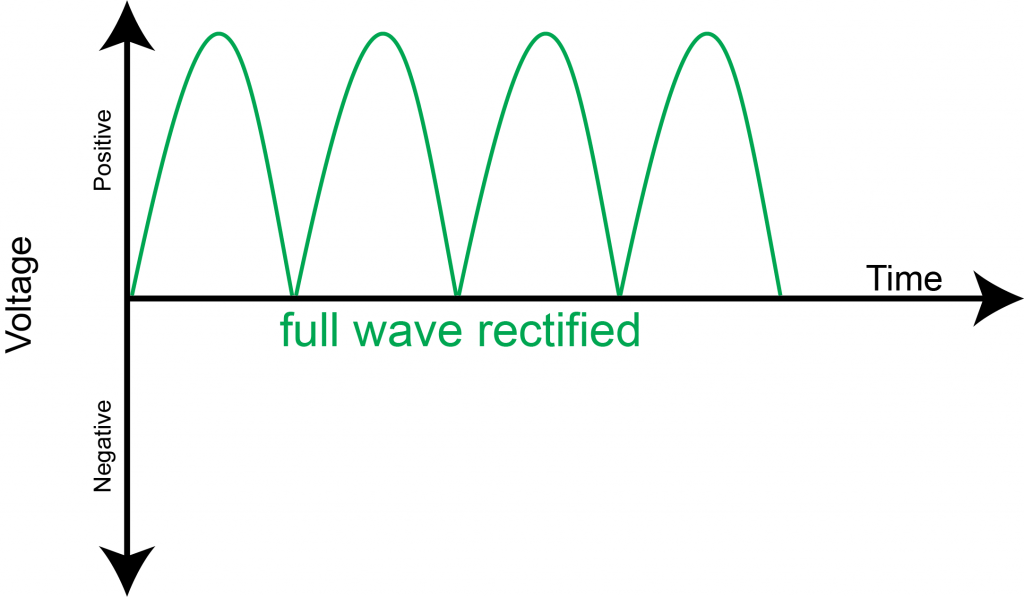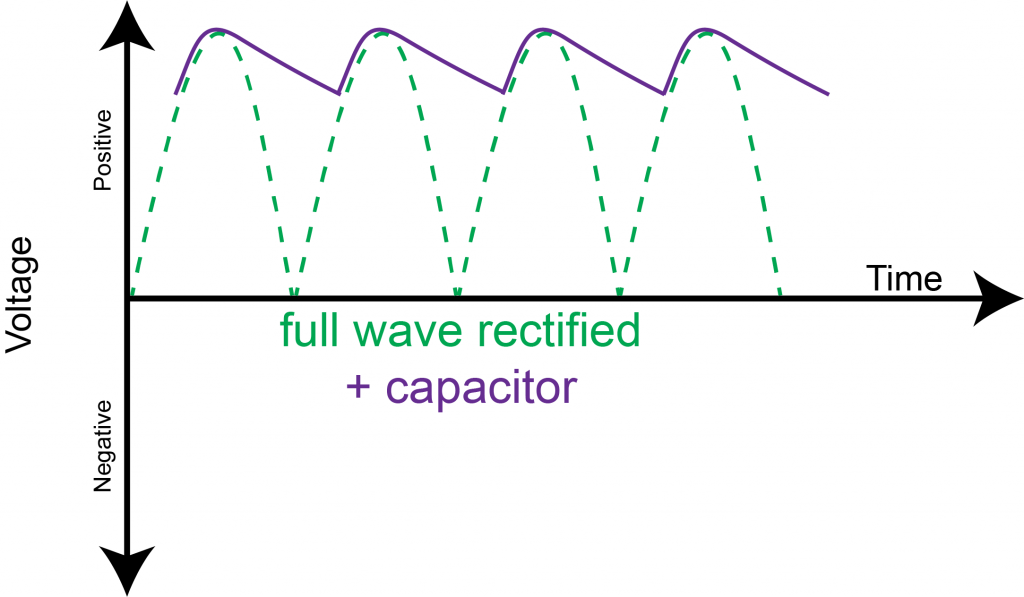-
Should the case of the regulator/rectifier be grounded to the frame?
-
Typically the regulator doesn't use the housing as a ground since normally there's a dedicated wire running to it.
Which regulator did you get? The Chinese ones on ebay appear to not regulate voltage, just rectify the power. I bought an OEM TaoTao one for a customer and it does the same thing the other 4 regulators I got from china does, high rpm it hit over 16v. In the case of an LED light bar, they probably can take quite a bit higher voltage depending on how the power supply circuit is designed/rated. If you're using a normal tail light, it will work at the higher voltages, but will have a shorter life. If you throw a battery in the mix, then the battery is likely to be overcharged and boil some of the acid away, in the context of a sealed lead acid, this is a bad thing. For a normal flooded lead acid (type that has the caps to check the acid level), you just have to keep the acid topped up with distilled water and it should last for a while.
Also, it doesn't hurt to mount the regulator where it can get some air too so it can cool well.
-
I now have a regulator from a 200e to use instead of the china replacement I bought. So I was wondering if the frame needed to be grounded. I have not wired it in the machine yet.
I know what you mean about the Tao Tao... I just bought a brand new Tao Tao 125 and right out of the crate the rectifier was charging at 17V! (The dealer I bought it from refused to pay for it in full even though it was defective from the factory, but that's another story....) It fried the brand new battery within 10 minutes of riding. I actually wired in another 200E rectifier I had laying around in there and it works like a charm. Charges at 14.5V and the machine has been running well the last 2 months.
-
Sadly, it seems the chinese ones are all defective, I had 3 different models, all the same connector, and all 3 do the same thing and all are new. They were from when I was researching trying to find a suitable aftermarket regulator for making a DC power kit for the 185/200 series machines.
For the 200E regulator in the China quad, did you have to shuffle the pins around, or was it already the right pin out? Sadly there's not really accurate diagrams for the Chinese quads, just generic ones and I haven't traced the wires out to see how exactly it's wired.
Anyway, just to confirm, the ATC200E regulator does not require the housing to be grounded according to the service manual.
-
I did have to shuffle the pins around, I was able to find a diagram on a tao tao riders forum and it was spot on. I was even able to use the Honda connector with the taotao by just breaking off the plastic "knob" for lack of a better term that locks the male to the female.
For the 200E regualtor, I was just wondering if my flickering issue may have had something to do with the fact that I did not ground the case of the china rectifier and if doing so with the 200E regulator might help the situation?
-
The regulator converts the AC to "Rectified" DC. Most people have seen the AC power wave where it goes above and blow 0v, rectified DC is the same, but when it normally goes below 0v, it goes back up, so it's kind of looks like hops. The gully between each voltage increase can make lights flicker and such. Actually let me grab some photos from the net to better show it.
Typical AC power looks like this.

When you run it though a full wave rectifier, it looks like this. It's counted as DC, but isn't solid on power like a battery.

A capacitor could be used to filter the power, but I'm not deep enough into electronics to know what size/rating would be needed.

LED's turn on and off very fast, so at low RPM, you'll probably see the flicker, I see the flicker even with normal headlights when running a machine w\o a battery. Once you get to a higher RPM the frequency increases, or in other words, it turns on/off faster. Somewhere around 30 flashes per second looks like solid light for most people which should be around 900 rpm (two peaks per cycle if I'm thinking right, if not then 1800rpm for 1 flash per revolution of the engine).
Hopefully this all made sense. Instead of a capacitor, a small battery can be used too. It's just for filtering power, so just needs enough ability to light the lights for a short time to be pleny for filtering the power. I'd say like a 4ah sealed lead acid would work well, and is small enough to find a mounting spot on the machine (best to build a battery box to hold it). Don't need big wires going to it or anything, same size as what comes out of the engine would be fine (pretty sure that would be 18 gauge).
//ArrowChat Integreation Code
//